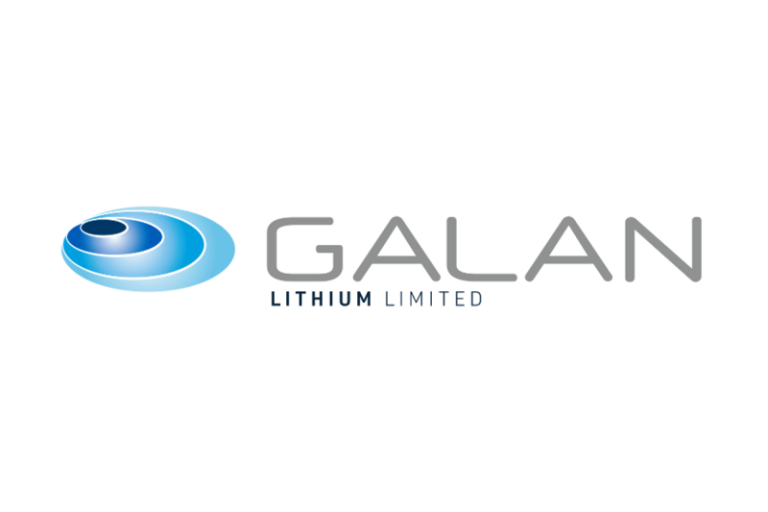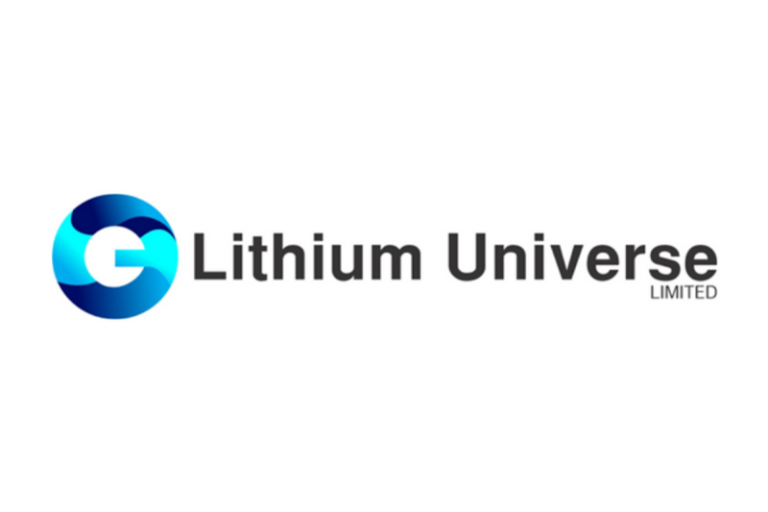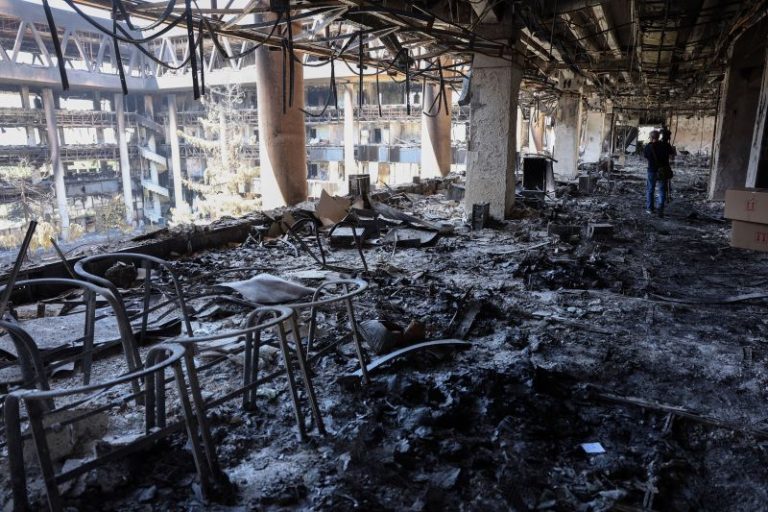(TheNewswire)
NOT INTENDED FOR DISTRIBUTION TO UNITED STATES NEWS WIRE SERVICES OR FOR DISSEMINATION IN THE UNITED STATES
VANCOUVER, BC TheNewswire – June 19, 2025 Heritage Mining Ltd. (CSE: HML FRA:Y66) (‘ Heritage ‘ or the ‘ Company ‘) is pleased to announce that the board has approved the grant of incentive stock options pursuant to its stock option plan (the ‘ Plan ‘) to certain directors, officers, and consultants to purchase up to an aggregate of 2,925,000 common shares in the capital of the company (the ‘ Options ‘). The Options are exercisable at a price of $0.05 per common share and will expire three years from the date of grant. The Options are subject to the terms of the Plan, the applicable Option agreements and the policies of the Canadian Securities Exchange (‘ CSE ‘).
The Company further announces that it has agreed to settle $76,124 of debt owing to certain consultants, service providers and a director and officer of the Company by issuing an aggregate of 1,522,480 common shares (the ‘ Shares ‘) in the capital of the Company at a deemed price of $0.05 per common share (the ‘ Debt Settlement ‘).
‘We greatly appreciate the support settling current debt for equity as we progress our exploration efforts across all projects in our Ontario Project Portfolio. We also have taken an inclusive effort regarding our option program and have recognized and rewarded valued team members of the Company. We look forward to communicating project findings and conclusions once available in the near future.’ Commented Peter Schloo, President, CEO and Director.
The Debt Settlement is subject to the approval of the Canadian Securities Exchange and all Shares issued pursuant to the Debt Settlement will be subject to a statutory hold period of four (4) months and one (1) day from the date of issuance, in accordance with applicable securities laws and the policies of the CSE. The Debt Settlement will not create a new control person.
The Company believes the Debt Settlement is in the best interest of its shareholders to reduce the amount of accrued indebtedness and improve its financial position.
The issuance of a portion of the Shares pursuant to the Debt Settlement constitutes a Related Party Transaction within the meaning of Multilateral Instrument 61-101 – Protection of Minority Security Holders in Special Transactions (‘ MI 61-101 ‘), as a company controlled by Peter Schloo, a director and officer of the Company, will receive an aggregate of 166,640 Shares. The Company is relying on exemptions from the formal valuation and minority shareholder approval requirements of MI 61-101 contained in sections 5.5(a) and 5.7(1)(a) of MI 61-101 in respect of the related party participation in the Debt Settlement as the fair market value of such related party participation does not exceed 25% of the Company’s market capitalization. The material change report in relation to the related party transactions may not filed more than 21 days before the completion of the Debt Settlement as the Company wished to complete the Debt Settlement as soon as commercially feasible. The disinterested directors of the Company have approved the terms of the Debt Settlement.
ABOUT HERITAGE MINING LTD.
The Company is a Canadian mineral exploration company advancing its two high grade gold-silver-copper projects in Northwestern Ontario. The Drayton-Black Lake and the Contact Bay projects are located near Sioux Lookout in the underexplored Eagle-Wabigoon-Manitou Greenstone Belt . Both projects benefit from a wealth of historic data, excellent site access and logistical support from the local community. The Company is well capitalized, with a tight capital structure.
For further information, please contact:
Heritage Mining Ltd.
Peter Schloo, CPA, CA, CFA
President, CEO and Director
Phone: (905) 505-0918
Email: peter@heritagemining.ca
FORWARD-LOOKING STATEMENTS
This news release contains certain statements that constitute forward looking information within the meaning of applicable securities laws. These statements relate to future events of the Company. Any statements that express or involve discussions with respect to predictions, expectations, beliefs, plans, projections, objectives, assumptions or future events or performance (often, but not always, using words or phrases such as ‘seek’, ‘anticipate’, ‘plan’, ‘continue’, ‘estimate’, ‘expect’, ‘forecast’, ‘may’, ‘will’, ‘project’, ‘predict’, ‘potential’, ‘targeting’, ‘intend’, ‘could’, ‘might’, ‘should’, ‘believe’, ‘outlook’ and similar expressions are not statements of historical fact and may be forward looking information. All statements, other than statements of historical fact, included herein are forward-looking statements.
Forward looking information involves known and unknown risks, uncertainties and other factors which may cause the actual results, performance, or achievements of the Company to be materially different from any future results, performance or achievements expressed or implied by the forward-looking information. Such risks include, among others, the inherent risk of the mining industry; adverse economic and market developments; the risk that the Company will not be successful in completing additional acquisitions; risks relating to the estimation of mineral resources; the possibility that the Company’s estimated burn rate may be higher than anticipated; risks of unexpected cost increases; risks of labour shortages; risks relating to exploration and development activities; risks relating to future prices of mineral resources; risks related to work site accidents, risks related to geological uncertainties and variations; risks related to government and community support of the Company’s projects; risks related to global pandemics and other risks related to the mining industry. The Company believes that the expectations reflected in such forward-looking information are reasonable, but no assurance can be given that these expectations will prove to be correct and such forward‐looking information should not be unduly relied upon. These statements speak only as of the date of this news release. The Company does not intend, and does not assume any obligation, to update any forward‐looking information except as required by law.
This document does not constitute an offer to sell, or a solicitation of an offer to buy, securities of the Company in Canada, the United States, or any other jurisdiction. Any such offer to sell or solicitation of an offer to buy the securities described herein will be made only pursuant to subscription documentation between the Company and prospective purchasers. Any such offering will be made in reliance upon exemptions from the prospectus and registration requirements under applicable securities laws, pursuant to a subscription agreement to be entered into by the Company and prospective investors.
Copyright (c) 2025 TheNewswire – All rights reserved.
News Provided by TheNewsWire via QuoteMedia










